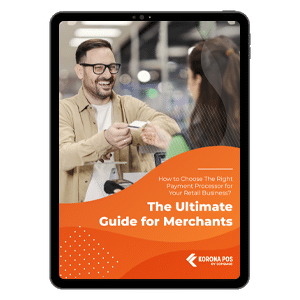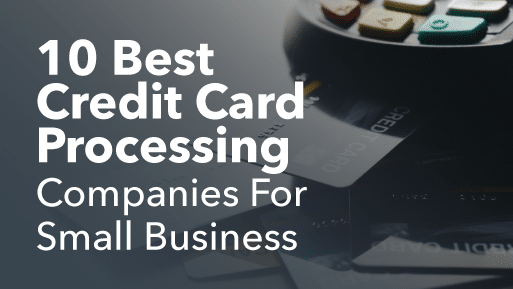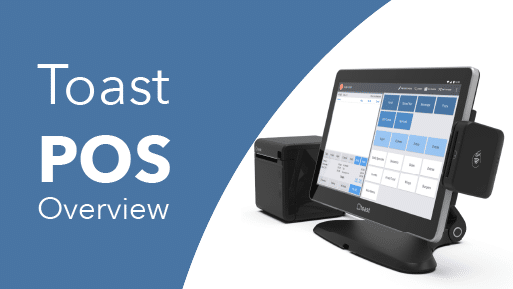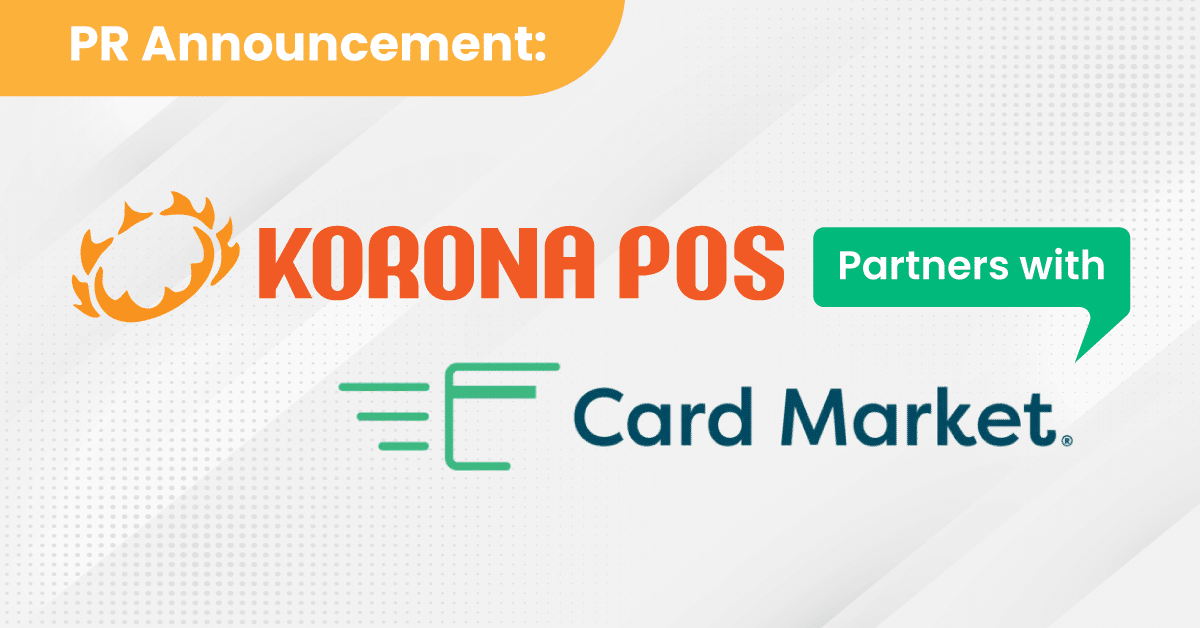All Articles
Trending Articles

What Is a POS System and How Does it Work? Everything You Need to Know
A point of sale (POS) system used to be a cash register that simply recorded the day’s sales and organized your cash into sections. With today’s technology, however, a POS ...
Best Point Of Sale Systems

Target POS: Which System Do They Use? Overview, Key Features, Pros, Cons & an Alternative
If you’re wondering, “What POS system does Target use?”, the answer is a custom, enterprise-level system built to handle large-scale operations efficiently. Understanding how Target manages transactions, inventory, and customer ...
Point of sale Solution Alternatives

Target POS: Which System Do They Use? Overview, Key Features, Pros, Cons & an Alternative
If you’re wondering, “What POS system does Target use?”, the answer is a custom, enterprise-level system built to handle large-scale operations efficiently. Understanding how Target manages transactions, inventory, and customer ...
Point Of sale Product Comparisons

What POS System Does Home Depot Use in 2025? A Complete Overview
Have you ever found yourself behind a register at The Home Depot, wondering what kind of POS system can handle the chaos of lumber, paint, and power tools? Wonder no longer — In ...
Point of sale Product Pricing Guides

White Label POS Systems: A Complete Guide For Resellers & Merchant Services
Struggling to offer a branded POS solution without the massive development costs and time commitment? White label POS systems provide a powerful answer, allowing businesses, like VARs and ISOs, to ...
Testimonials

Target POS: Which System Do They Use? Overview, Key Features, Pros, Cons & an Alternative
If you’re wondering, “What POS system does Target use?”, the answer is a custom, enterprise-level system built to handle large-scale operations efficiently. Understanding how Target manages transactions, inventory, and customer ...
Inventory Management

How to Calculate Retail Margin in 2026: Free Calculator & Formula Explained
Are you tired of guessing your product’s true profitability? Many retailers confuse margin with markup, which often leads to setting prices too low. You can stop guessing right now: Retail ...
Credit Card and Payment Processing

How to Open a High-Risk Merchant Account
Payment processing is a confusing world and often one of the most frustrating hurdles for new merchants trying to get their store up and running. Contracts are confusing, rates notoriously ...
Point of Sale Features and Tools

How to Calculate Retail Margin in 2026: Free Calculator & Formula Explained
Are you tired of guessing your product’s true profitability? Many retailers confuse margin with markup, which often leads to setting prices too low. You can stop guessing right now: Retail ...
Downloadable eBooks and Guides

The KORONA Studio Back Office Guidebook

Understanding Credit Card Processing eGuide

A Guide On How To Be A Great Retail Manager
Testimonials
"I’ve never worked with a company that has been as focused on customer service. When we call you guys the response has been phenomenal If I could just choose companies based on how they provide customer service, you’d be the top of my list."
– Jennifer from Duplin Winery
Industry News

What Is Wendy’s POS? Overview of the Point of Sale System They Use (Features, Benefits and Alternatives)
If you’re running a quick-service restaurant (QSR), it’s smart to learn how leading chains manage their operations. You might be asking, “What POS system does Wendy’s use?” The answer is ...
Find the Right POS Solution for Your Business


























































